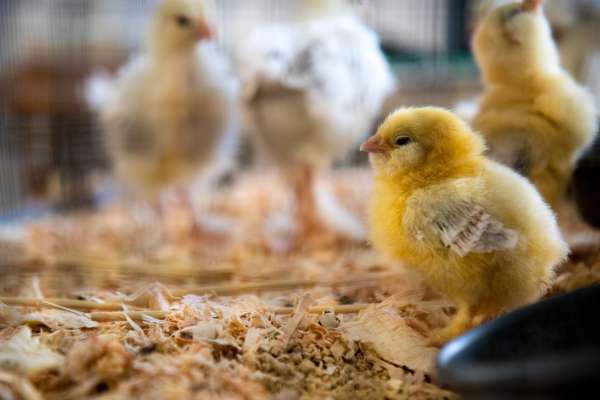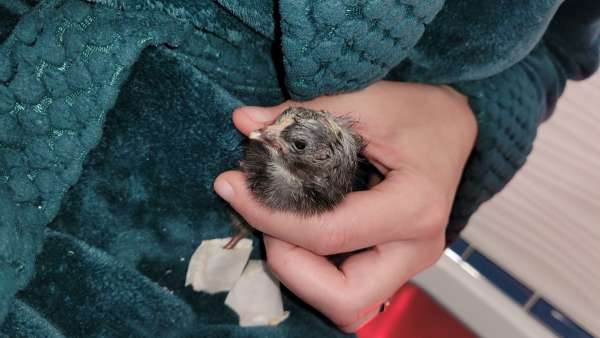ChickQuest: A classroom journey through the life cycle of chickens
Lessons
# Project-based learning
Students research chicken breeds then design a coop that will fit twelve chickens.
Files
# Video lessons
Students watch videos to learn more about chickens and eggs.
Worksheet: Where do eggs come from?
Worksheet: The infertile egg
Worksheet: The fertile egg
Worksheet: Marketing and selling eggs
Worksheet: Environmental egg farms
Worksheet: Poultry and ag careers
Files
Teacher background
This Life Cycles unit, ChickQuest, is designed to deliver science, technology, engineering, and math content using the Experiential Learning Model, emphasizing inquiry, collaboration, and communication.
Ohio is home to over 30 million laying hens and is one of the largest egg producers in the United States (currently the second largest)! Most of the eggs produced in Ohio are table eggs (unfertilized eggs) and provide an excellent source of protein for consumers. Table eggs are produced in a variety of different habitats (conventional, cage-free, free-range, etc.) and are often delivered to the store within 24–36 hours after being laid by hens (adult female chickens).
A chicken’s life cycle starts when a rooster (adult male chicken) mates with a hen to create a fertilized egg cell. A chick will develop in 21 days inside of the egg before it is ready to hatch out of the egg and continue its next phase of life. As an immature chick, it will grow and develop mature feathers before becoming an adult chicken (rooster or hen).
A pullet (female chicken that has not yet laid an egg) will develop for 18–22 weeks before laying its first egg. A hen releases a yolk from her ovary every 26 hours on average. During that time the yolk becomes surrounded by the albumen (egg white) and shell before it is laid by the hen. After the egg is laid the hen will continue to lay eggs and create a clutch of eggs before she incubates them to hatch.
During the ChickQuest program students will hatch fertilized eggs. Fertilized eggs have the ability to remain in stasis (undeveloped) until the proper conditions are met for development to occur. An electric powered incubator mimics the hen’s warmth in order for the fertilized eggs to develop and hatch out in 21 days. The eggs must be turned two or more times per day, just as hens turn the eggs while roosting. This helps to prevent the developing chick from sticking to the inside of the egg shell and suffering damage. In preparation for hatching, eggs are not turned for the final three days.
Ohio farmers produce both corn and soybeans to provide a nutritious feed for chickens of all life stages. Soybeans provide the protein needed for a developing chick’s cells to form and grow during development. The Ohio Soybean Council supports ChickQuest by providing training and over $400 of free supplies (Incubator, egg turner, egg coupon for 12 fertilized eggs, measuring materials, teacher guide, and set of 25 student logbooks) to 175 teachers every year. You can find out more about these professional development events at grownextgen.org.
Visit the 4-H online store to order ChickQuest student logbooks or teacher guides.
Next gen science standards
Science and engineering practices
- Asking questions (for science) and defining problems (for engineering)
- Developing and using models
- Analyzing and interpreting data
- Obtaining, evaluating, and communicating information
Crosscutting concepts
- Patterns
- Cause and effect
- Systems and system models
Disciplinary core ideas/content
- LS3A Inheritance of traits
- LS3B Variations of traits
- LS4B Natural selection
- LS2A Interdependent relationships in ecosystems





Share this